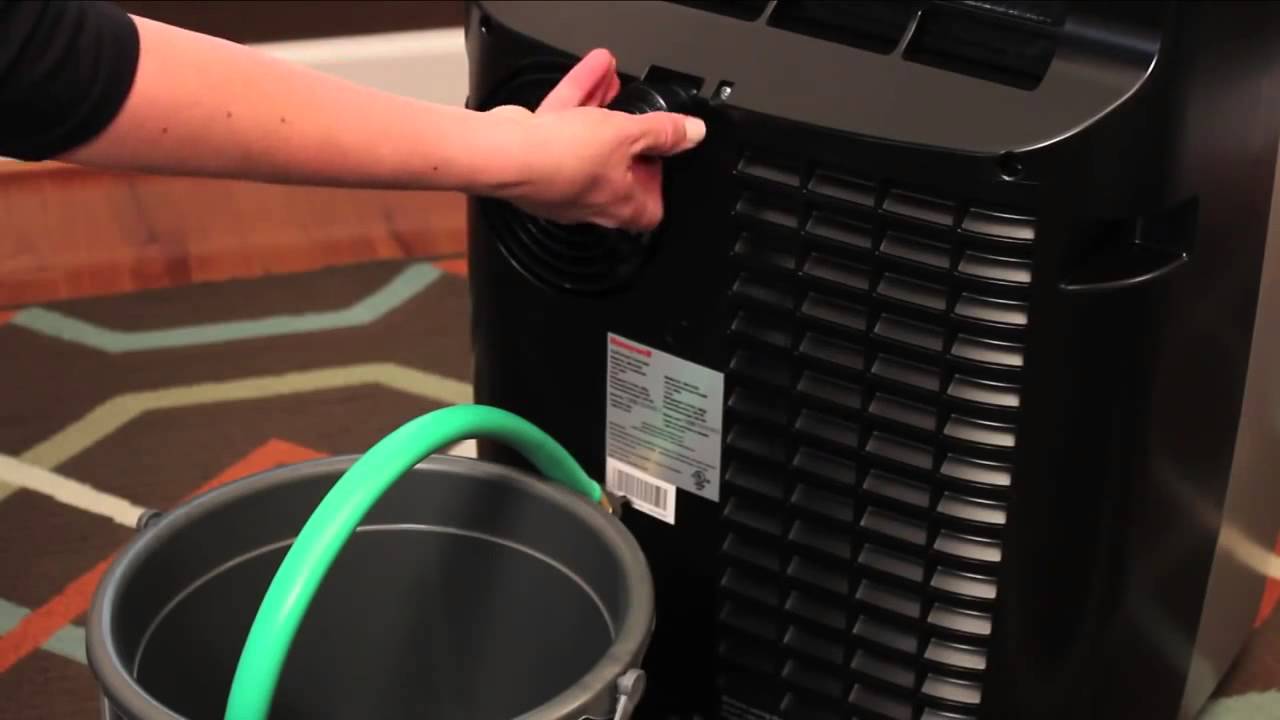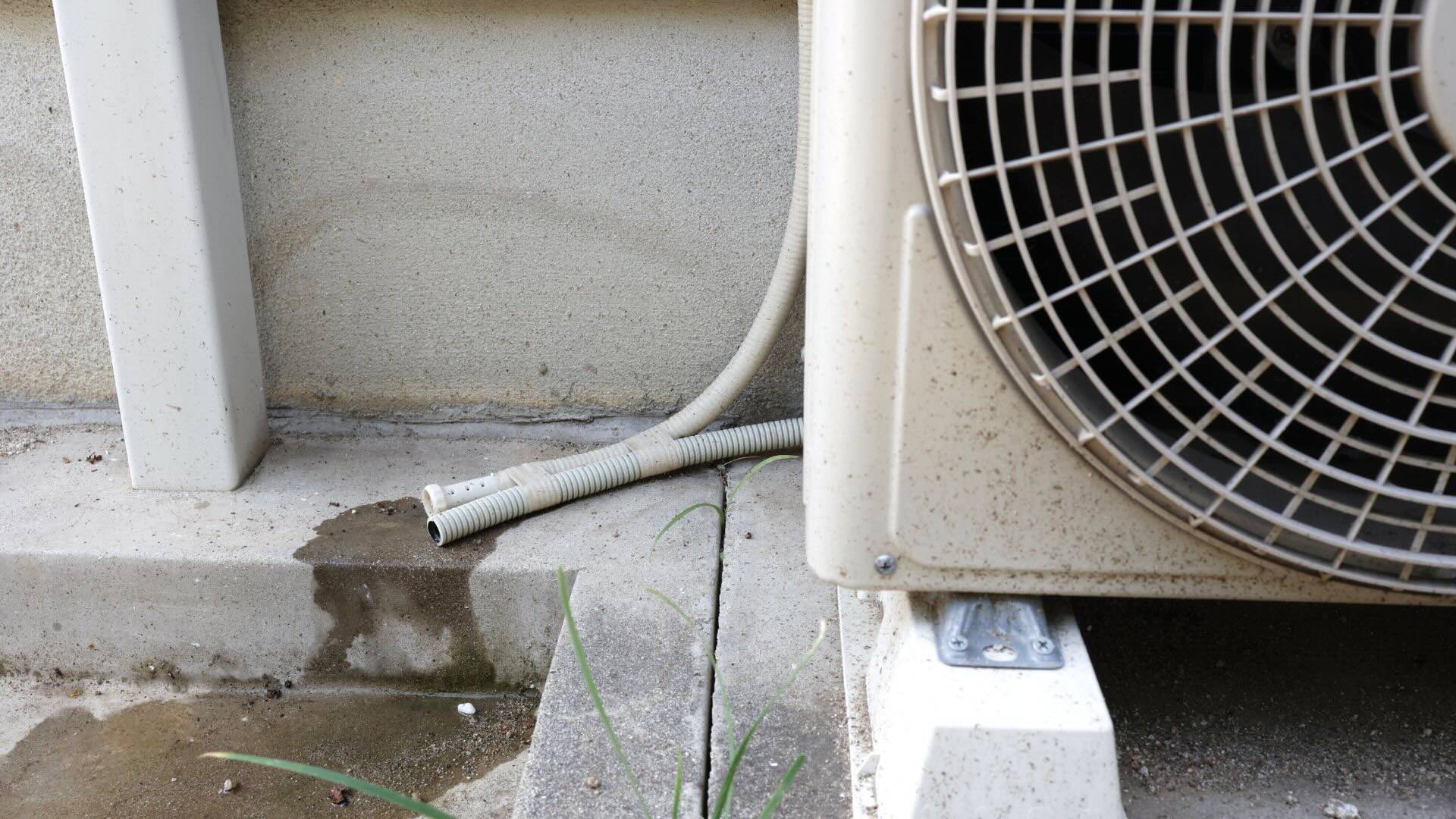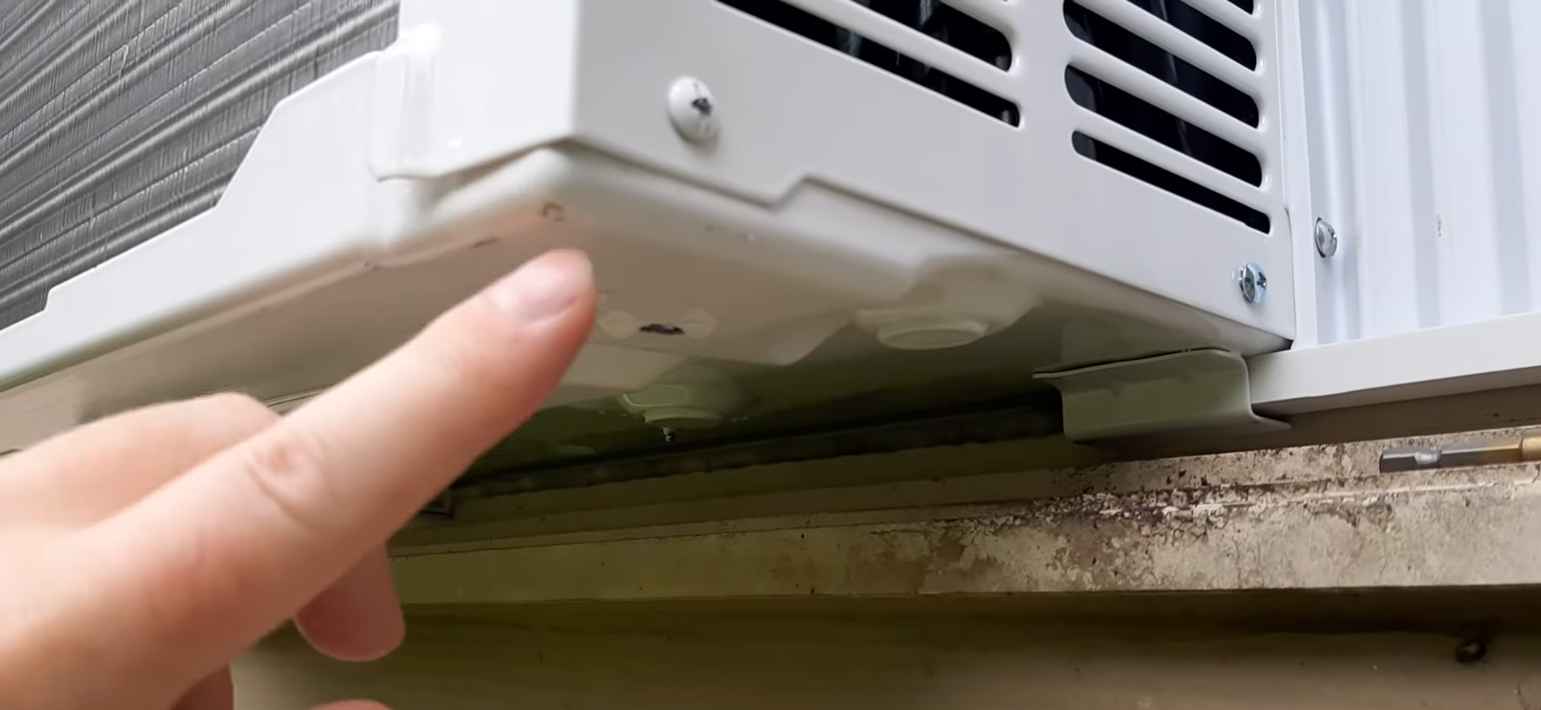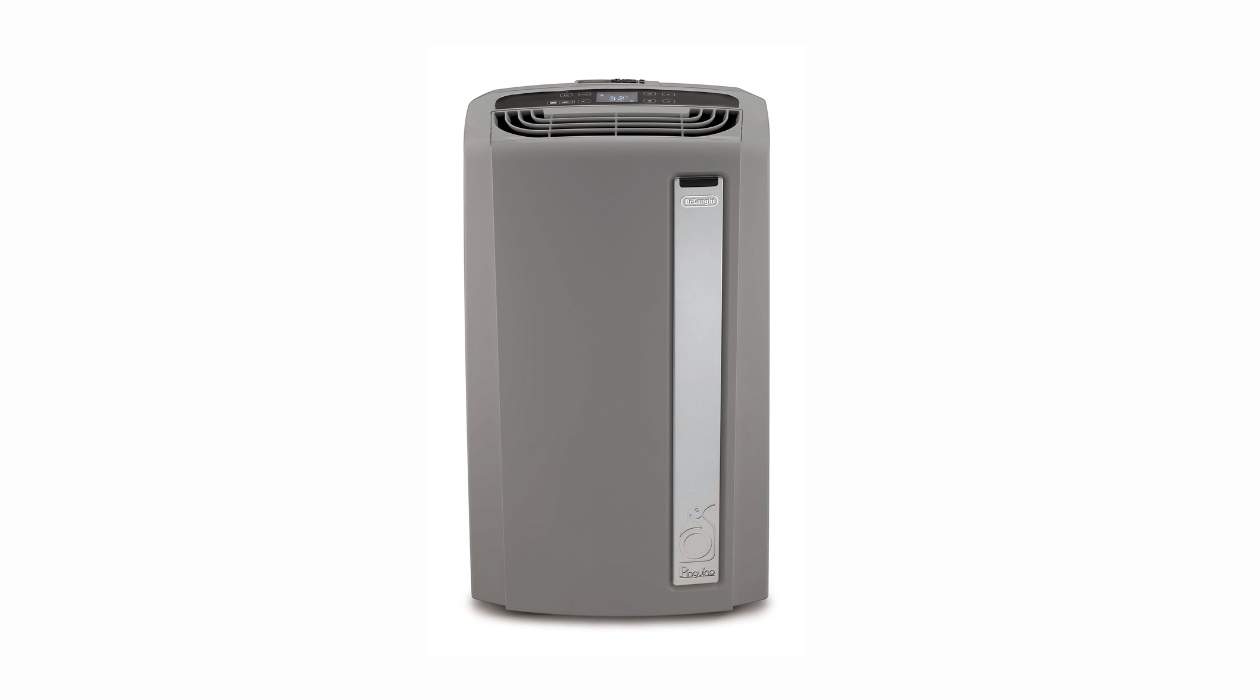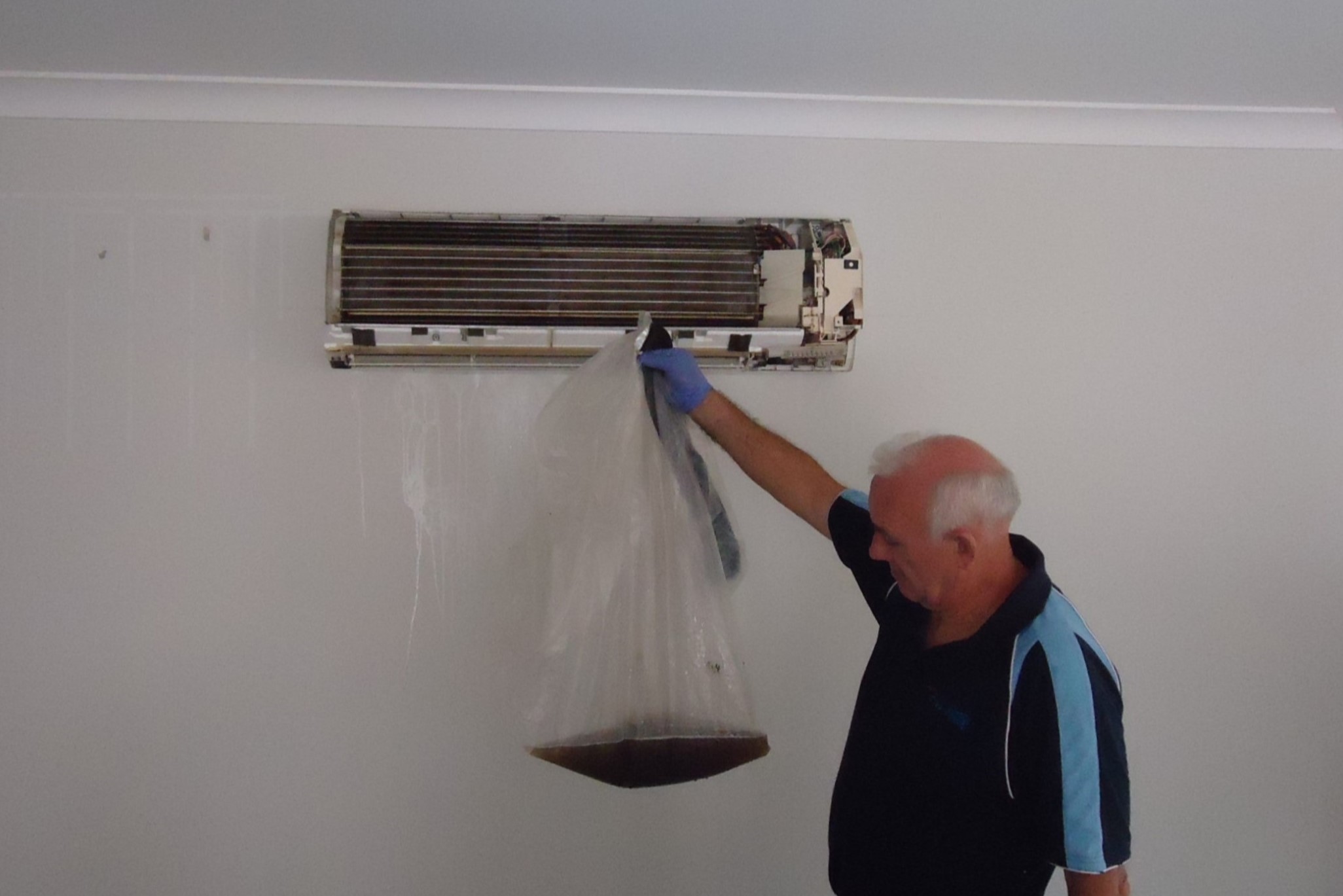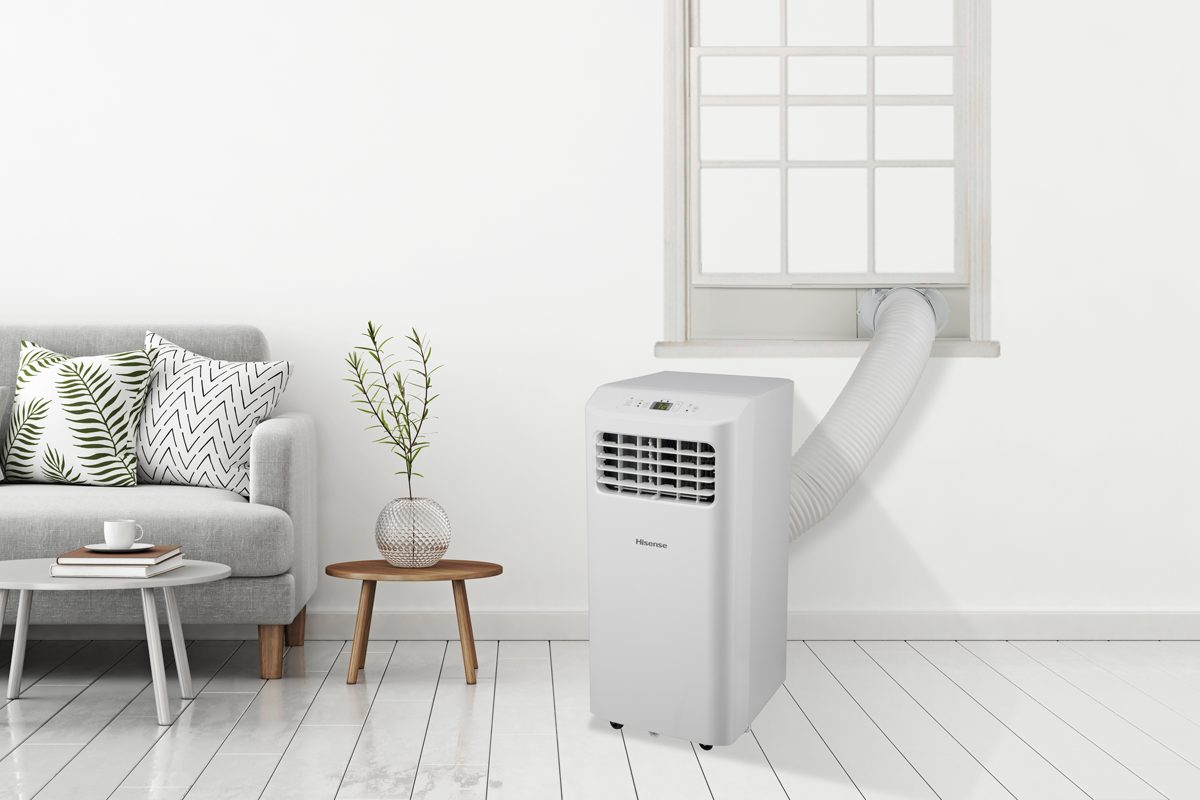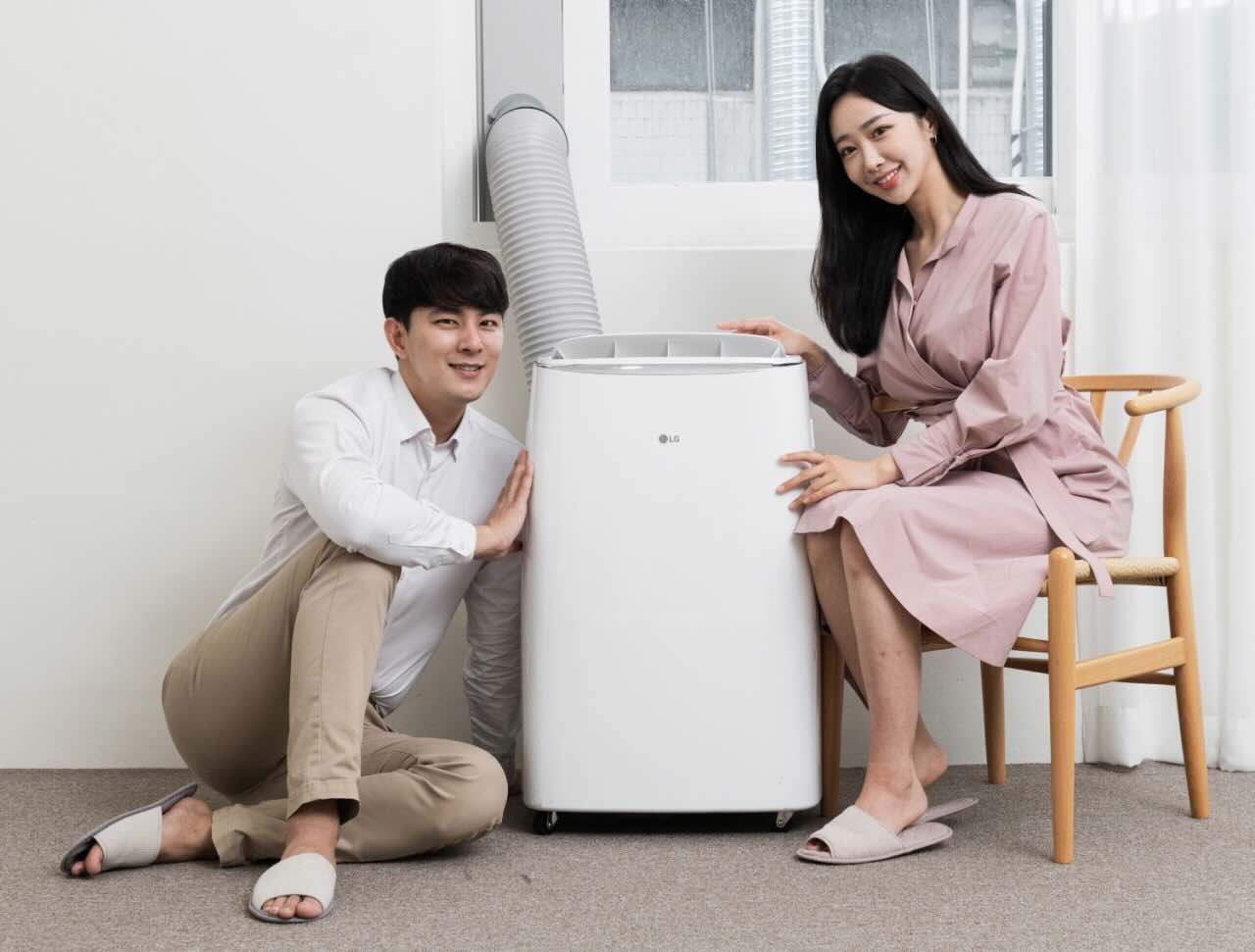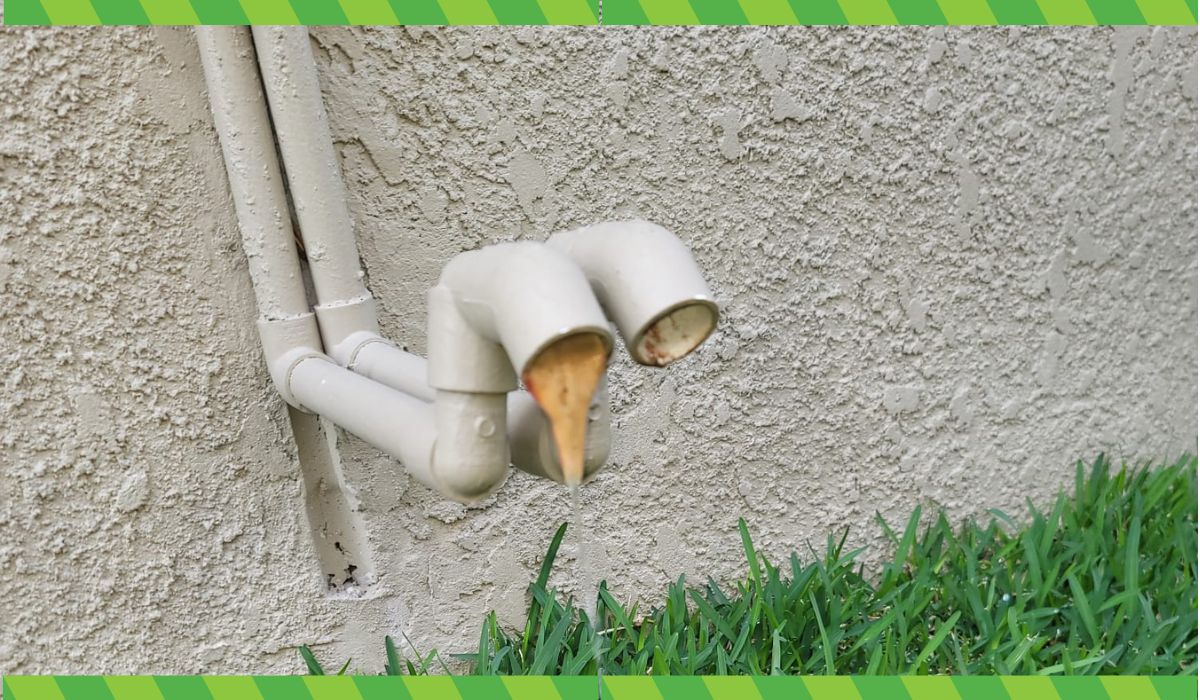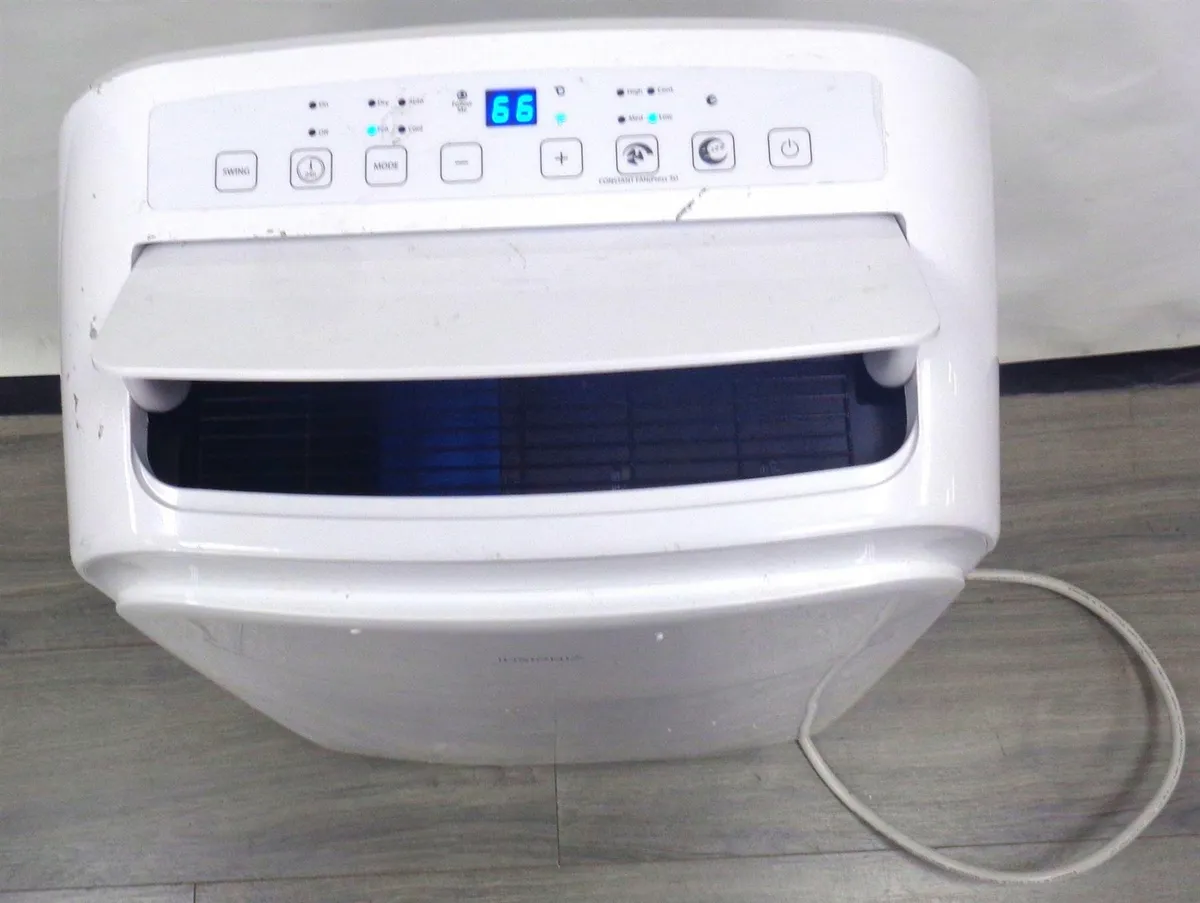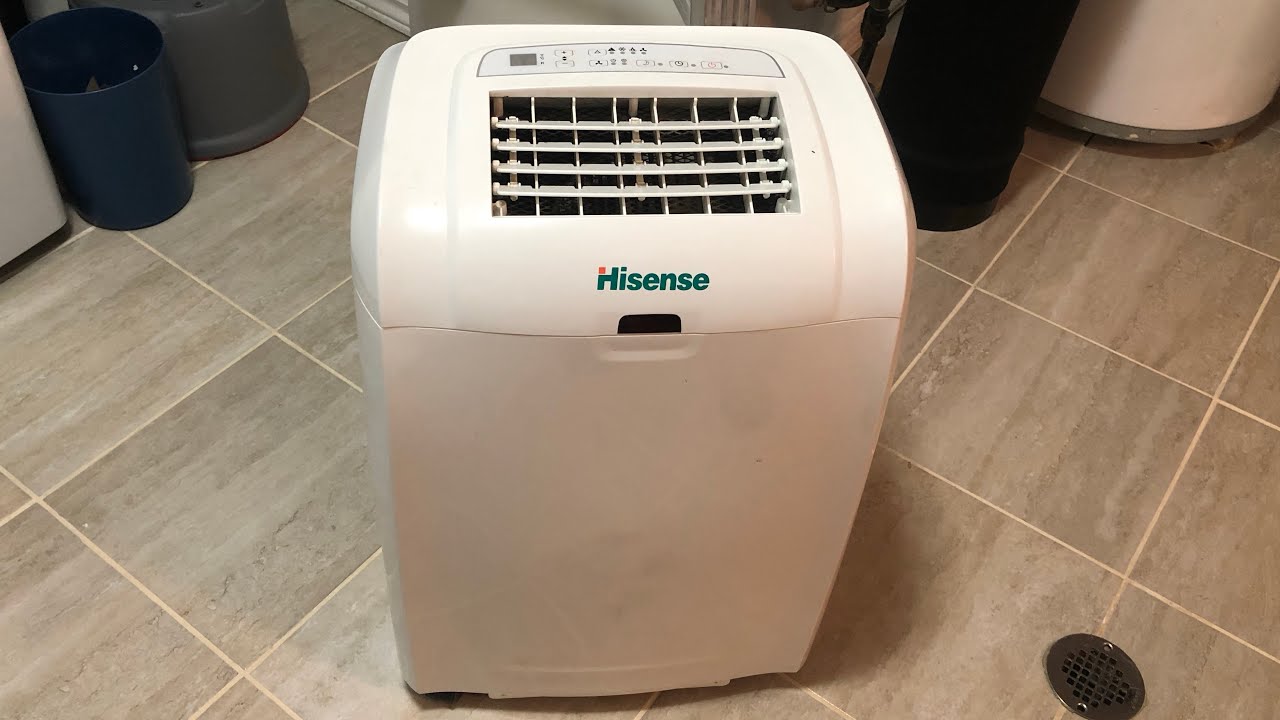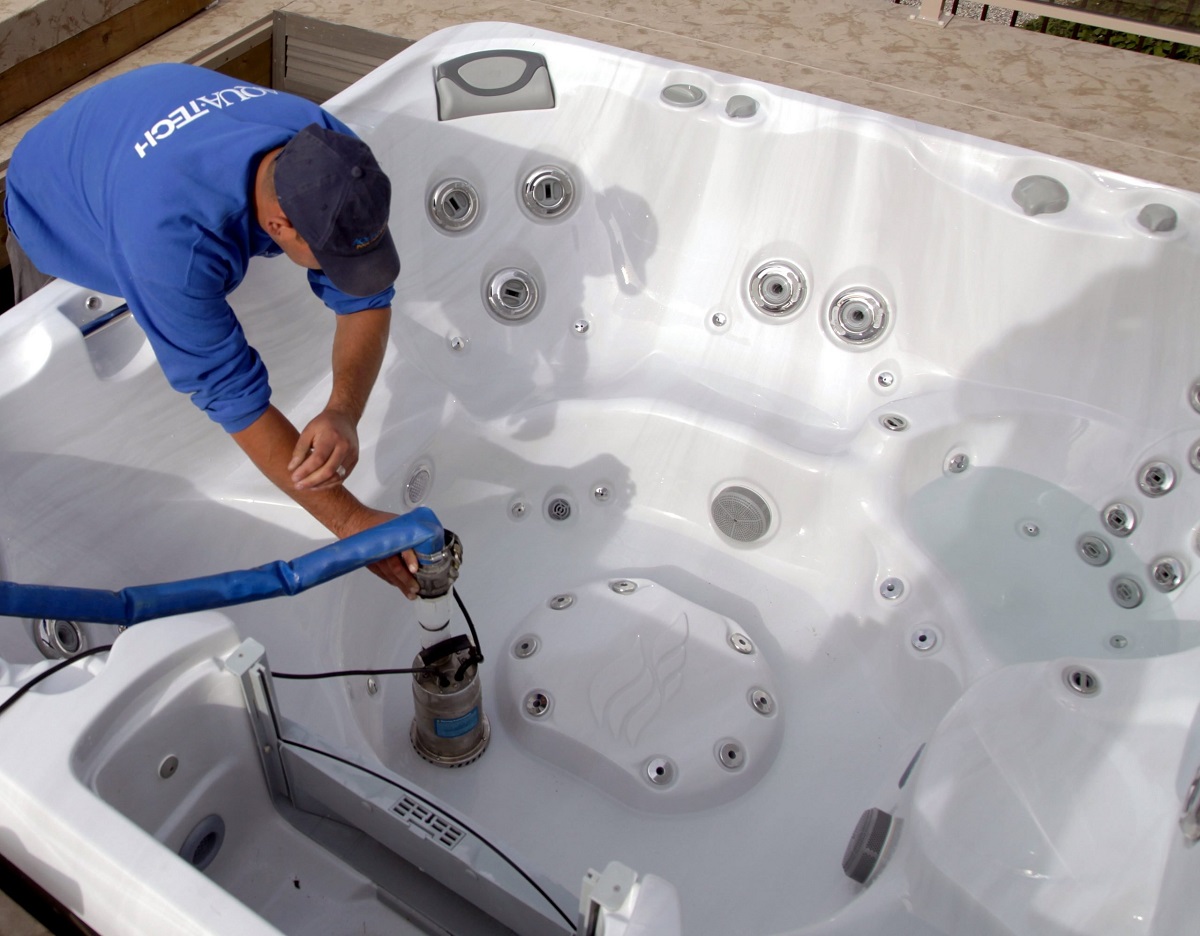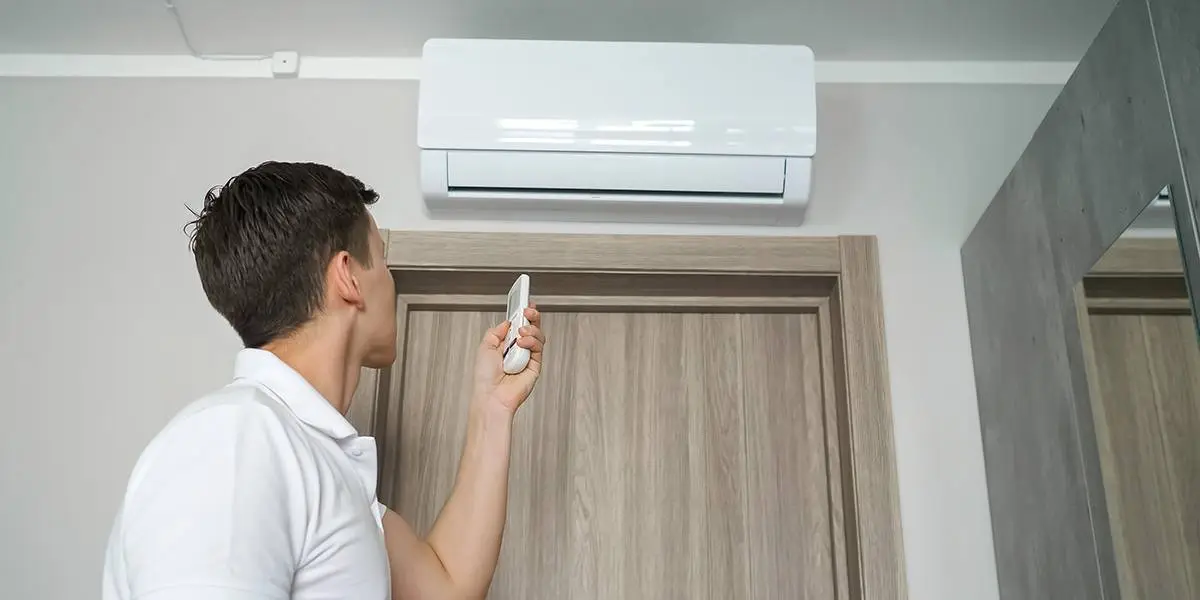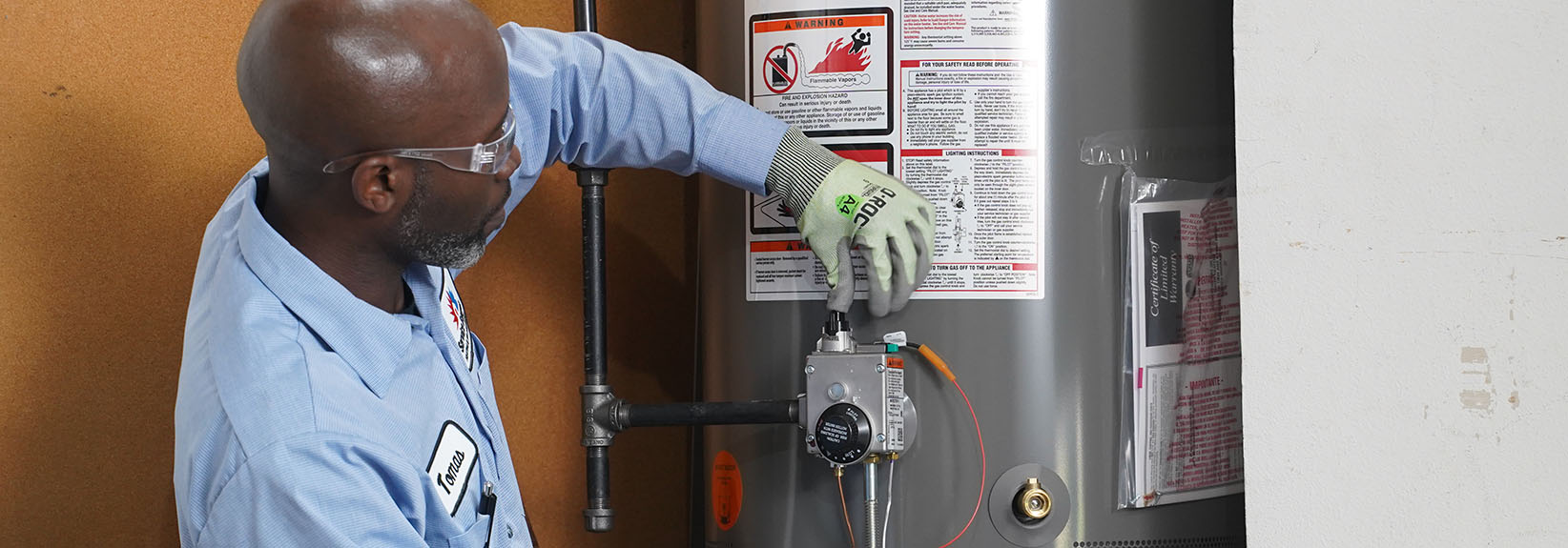Home>Home Maintenance>How To Drain Water From Delonghi Air Conditioner
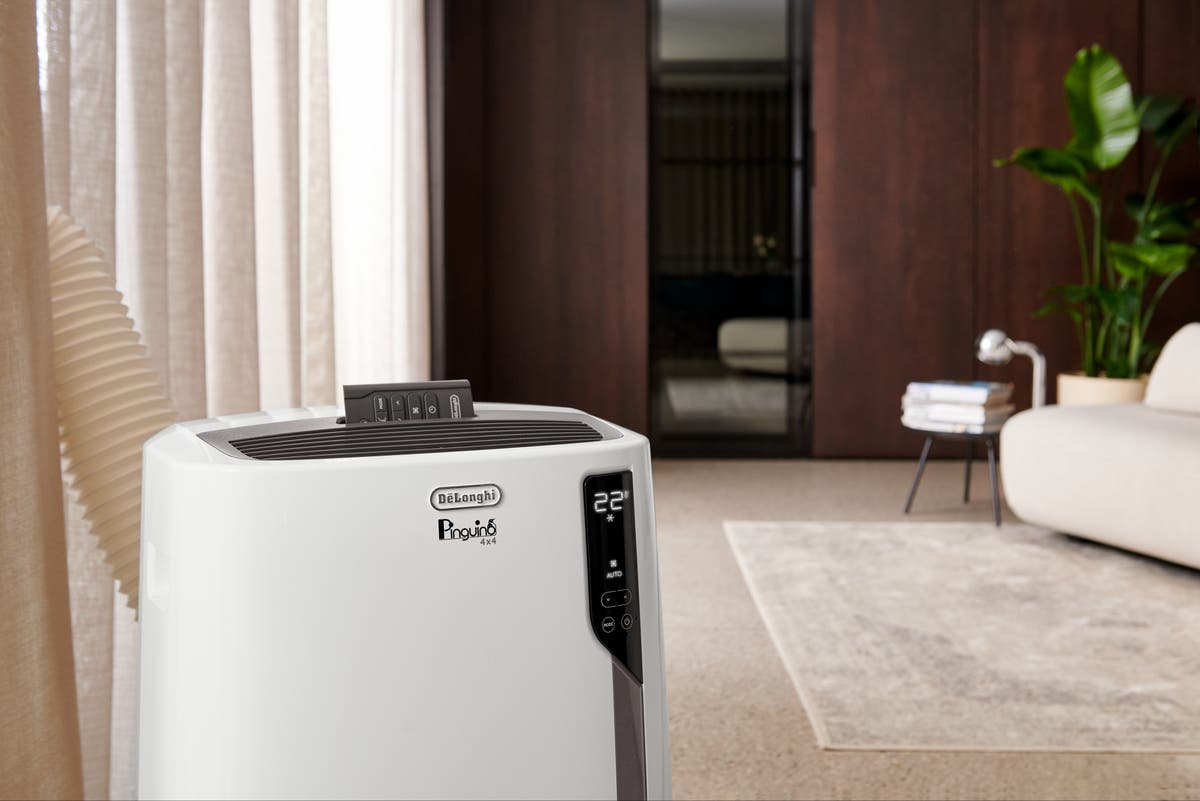

Home Maintenance
How To Drain Water From Delonghi Air Conditioner
Modified: March 7, 2024
Learn how to easily drain water from your Delonghi air conditioner with this simple home maintenance guide.
(Many of the links in this article redirect to a specific reviewed product. Your purchase of these products through affiliate links helps to generate commission for Storables.com, at no extra cost. Learn more)
Introduction
Having a Delonghi air conditioner in your home can be a relief during hot summer days. These units not only cool the air, but they also work to dehumidify the space, which can result in the accumulation of water in the unit. Draining this water is crucial to prevent any damage to the air conditioner and maintain its optimal performance.
In this article, we will guide you through the process of draining water from your Delonghi air conditioner. By following these simple steps, you can ensure that your unit continues to work efficiently and effectively, providing you with cool and comfortable air all summer long.
Before we dive into the step-by-step instructions, let’s take a look at why it’s important to drain the water from your Delonghi air conditioner.
Key Takeaways:
- Regularly draining water from your Delonghi air conditioner prevents damage, mold growth, and ensures efficient cooling. Follow the simple steps to keep your unit running smoothly and enjoy cool, comfortable air.
- Turning off the air conditioner, locating the drainage port, and positioning a container are essential steps in draining water from your Delonghi air conditioner. Follow the guide for optimal performance and longevity.
Reasons for Draining Water from Delonghi Air Conditioner
There are several reasons why it is important to drain the water from your Delonghi air conditioner:
- Preventing Water Damage: The accumulation of water within the air conditioner can lead to leaks and potential water damage to your home. Draining the water regularly helps to prevent these issues and ensures the longevity of your unit.
- Preventing Mold and Mildew Growth: Excess moisture inside the air conditioner can create an ideal environment for mold and mildew to grow. These fungi can not only cause unpleasant odors but also pose health risks. Regularly draining the water helps to minimize the chances of mold and mildew growth.
- Promoting Efficient Cooling: When there is too much water in the air conditioner, it can hinder the cooling process. As the unit works to remove moisture from the air, the excess water can impede its efficiency. Draining the water ensures that your Delonghi air conditioner can cool the air effectively.
- Preventing Freezing: In some cases, if the water is not drained properly, it can lead to freezing within the air conditioner’s coils. This can cause damage to the system and reduce its performance. Regularly draining the water helps to prevent this issue and maintain the optimal functionality of your unit.
Now that you understand the importance of draining the water from your Delonghi air conditioner, let’s gather the tools and materials you’ll need to complete the process.
Tools and Materials Needed
Before you begin draining the water from your Delonghi air conditioner, make sure you have the following tools and materials on hand:
- Towel or Container: You will need a towel or container to catch the water that drains from the unit. Choose a container that is large enough to hold the water and easily portable.
- Drain Plug or Cap: Some Delonghi air conditioners have a drain plug or cap that needs to be removed for the water to drain properly. Check your unit’s manual or inspect the unit to determine if you need this tool.
- Cleaning Supplies: It’s a good idea to have some cleaning supplies on hand to clean and dry the drainage port after draining the water. This can include a mild detergent, sponge, and a clean cloth.
Once you have gathered these tools and materials, you are ready to proceed with draining the water from your Delonghi air conditioner. Follow the step-by-step instructions below to complete the process.
Step 1: Turn Off the Air Conditioner
The first step in draining water from your Delonghi air conditioner is to turn off the unit. Locate the power switch on the air conditioner or use the remote control to power it down. Wait for a few minutes to allow the unit to fully shut off and cool down before proceeding to the next step.
Turning off the air conditioner is essential for your safety and to prevent any mishaps while working on the unit. Ensure that the power is completely cut off before moving on to the next steps.
Once you have turned off the air conditioner, you can proceed to locate the drainage port on your Delonghi unit.
Step 2: Locate the Drainage Port
After turning off the Delonghi air conditioner, the next step is to locate the drainage port. This port is where the water will be drained from the unit. The location of the drainage port may vary depending on the model of your Delonghi air conditioner.
Start by inspecting the bottom or rear of the air conditioner. Look for a small opening or a removable cap/plug in this area. In some cases, the drainage port may be indicated by a symbol or a label.
If you’re having trouble finding the drainage port, consult the user manual or refer to Delonghi’s website for specific instructions related to your air conditioner model.
Once you have located the drainage port, you’re ready to move on to the next step.
Step 3: Position a Container or Towel
Now that you have located the drainage port on your Delonghi air conditioner, the next step is to position a container or towel beneath the port. This will catch the water as it drains from the unit.
If you have a small container or bucket, place it directly beneath the drainage port. Make sure the container is large enough to hold the expected amount of water and stable enough to prevent any spills. Alternatively, if you don’t have a container, you can use a towel to absorb the water. Simply place the towel beneath the drainage port, ensuring that it is positioned to catch the water effectively.
Positioning a container or towel is crucial to prevent any water damage or mess during the draining process. It is essential to catch all the water as it drains from the air conditioner.
Once you have positioned the container or towel, you can proceed to the next step of removing the drain plug or cap.
To drain water from a Delonghi air conditioner, locate the drainage hole at the back or bottom of the unit. Place a shallow pan or bowl underneath and carefully remove the plug to let the water drain out. Be sure to empty the pan regularly to prevent overflow.
Step 4: Remove the Drain Plug or Cap
In this step, you will need to remove the drain plug or cap from the drainage port of your Delonghi air conditioner. This will allow the water to flow out freely.
Inspect the drainage port and look for a plug or cap that is covering the opening. Depending on your air conditioner model, the drain plug or cap may be threaded, twist-off, or simply removable with a gentle pull.
Use the appropriate method to remove the drain plug or cap. If it’s threaded, you may need to twist it counterclockwise to loosen and remove it. If it’s a twist-off cap, follow the instructions provided by your air conditioner’s manufacturer. If it’s a removable cap, pull it gently to detach it from the drainage port.
Once the drain plug or cap is removed, you’re ready to move on to the next step of letting the water drain.
Keep in mind that the water may start flowing immediately or it may take a few moments. Be prepared to catch the water in the container or towel you positioned in the previous step.
It’s important to handle the drain plug or cap with care and avoid misplacing it. Keep it in a safe place to avoid losing it and ensure you can easily replace it after the water has drained.
Step 5: Let the Water Drain
Now that you have removed the drain plug or cap from the drainage port, it’s time to let the water drain from your Delonghi air conditioner.
Be patient as the water starts to flow out of the unit. Depending on the amount of water accumulated and the humidity levels, it may take some time for the water to completely drain.
Keep a close eye on the container or towel positioned beneath the drainage port. As the water drains, ensure that the container does not overflow and that the towel is absorbing the water effectively.
You may notice that the water has a slightly dirty appearance, as it can accumulate dust and debris while inside the air conditioner. This is normal. However, if the water appears unusual or has an unpleasant odor, it may indicate a problem with the air conditioner, and you should contact a professional for assistance.
While the water is draining, you can proceed with the next step of replacing the drain plug or cap once the water has fully drained.
Remember to exercise caution while the water is draining to avoid any accidents or spills.
Step 6: Replace the Drain Plug or Cap
After the water has fully drained from your Delonghi air conditioner, it’s time to replace the drain plug or cap on the drainage port.
Inspect the drain plug or cap to ensure that it is clean and free from any debris or dirt. If necessary, wipe it with a clean cloth or rinse it with water and allow it to dry before proceeding.
Align the drain plug or cap with the opening of the drainage port and carefully insert it back into place. If it’s threaded, twist it clockwise to secure it. If it’s a twist-off cap, follow the instructions provided by your air conditioner’s manufacturer to securely fasten it.
Make sure the drain plug or cap is tight enough to prevent any leaks, but avoid overtightening, as it may cause damage to the unit.
Once the drain plug or cap is securely in place, you can move on to the next step of cleaning and drying the drainage port.
It’s important to replace the drain plug or cap to ensure the proper functioning of your Delonghi air conditioner and to prevent any water leakage in the future.
Step 7: Clean and Dry the Drainage Port
After you have replaced the drain plug or cap, it’s essential to clean and dry the drainage port of your Delonghi air conditioner. This step ensures that the port is free from any dirt, debris, or moisture, promoting optimal performance and preventing any potential issues.
Start by inspecting the drainage port for any visible dirt or debris. If you notice any buildup, use a mild detergent solution and a sponge or a soft cloth to gently clean the area. Be careful not to use excessive force or harsh cleaning agents that could damage the surface of the unit.
Rinse the area with clean water and wipe it dry with a clean cloth. Ensure that no moisture remains in or around the drainage port.
Take a moment to inspect the surrounding area for any water spills or leaks. If you notice any, wipe them up immediately to avoid any water damage.
Once the drainage port is clean and dry, you can move on to the final step of turning on the air conditioner.
By cleaning and drying the drainage port, you help maintain the efficiency and longevity of your Delonghi air conditioner.
Step 8: Turn On the Air Conditioner
Now that you have completed the process of draining water from your Delonghi air conditioner and cleaned the drainage port, it’s time to turn the unit back on.
Before you proceed, double-check that the drain plug or cap is securely in place and that the surrounding area is clean and dry.
Locate the power switch on the air conditioner or use the remote control to power it back on. Wait for the unit to start up and ensure that it is running smoothly.
As the air conditioner operates, monitor it to ensure that it is cooling properly and that there are no signs of water leakage.
If you notice any issues, such as strange noises, reduced cooling performance, or water leaks, it is advisable to consult the user manual or contact a professional for assistance.
Congratulations! You have successfully drained the water from your Delonghi air conditioner and completed all the necessary steps. By regularly maintaining and draining the water from your air conditioner, you can prolong its lifespan and ensure optimal performance.
Remember to periodically check and drain the water from your air conditioner, especially during periods of high humidity or extended use. This will help prevent any potential problems and keep your air conditioner running smoothly for years to come.
Thank you for following this guide. Stay cool and comfortable!
Conclusion
Draining the water from your Delonghi air conditioner is an important maintenance task that helps prevent water damage, mold growth, and ensures efficient cooling. By following the step-by-step instructions outlined in this article, you can easily complete the process and keep your air conditioner in optimal condition.
Remember to turn off the air conditioner before starting the draining process and locate the drainage port. Position a container or towel to catch the water and remove the drain plug or cap to allow the water to flow out. Once the water has fully drained, replace the drain plug or cap and clean and dry the drainage port.
Turning on the air conditioner after completing all the steps will ensure that it operates smoothly and efficiently. Monitoring the unit for any issues, such as water leakage or reduced cooling performance, is essential to address problems promptly.
Regularly maintaining and draining the water from your Delonghi air conditioner will help extend its lifespan and keep it running effectively, providing you with cool and comfortable air during hot summer days.
Thank you for taking the time to learn how to drain water from your Delonghi air conditioner. By following these simple steps, you can ensure the longevity and optimal performance of your unit for years to come. Stay cool!
Frequently Asked Questions about How To Drain Water From Delonghi Air Conditioner
Was this page helpful?
At Storables.com, we guarantee accurate and reliable information. Our content, validated by Expert Board Contributors, is crafted following stringent Editorial Policies. We're committed to providing you with well-researched, expert-backed insights for all your informational needs.
